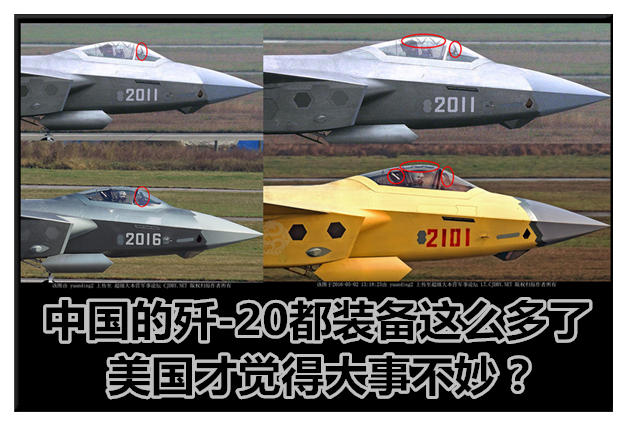For Hindi-speaking viewers:
Chinese J-20 India के Rafale या SU-30MKI का सामना नही कर सकता
If an incident happened between India and China over the complex terrain of the Himalayas, Military experts wonder whether China would deploy its J-20 stealth fighter, to counteract the most dangerous aircraft from India Rafales and the Su-30 MKI? China’s J-20 stealth fighter, which is believed to have undergone numerous tests in the mountains of Tibet, where the country’s Daocheng Yading (DCY) airport is located; This airport is located at the highest altitude in the world. It would also be the perfect place for the J-20 to experiment with high-altitude terrain. But according to Chinese media SOHU J-20 having problem in High altitude to operate. As the fifth-generation stealth fighter, the J-20 needs to demonstrate reliability in highland terrain. The plateau’s intricate topography and erratic weather at such altitudes pose unimaginable challenges to any type of aircraft. The air at higher altitudes is very thin and the fighter needs a lot of oxygen in order for the engine to burn according to its design, and not all aircraft can work well in such an environment. These are the challenges facing the Chinese J-20. That’s why Indian air force paid more for Rafale aircraft so it can work properly in high altitude area like Himalaya anD Ladakh region. Another bad news for the Chinese J-20 is that the PLA’s air bases are often located at a greater distance than the disputed line of control (LAC); this means that the Chinese fighters will have very little fuel to engage with the Indian aircraft. According to experts, China’s stealth fighter pilots have no combat experience and have not participated in any. there are few details about the J-20’s capabilities in the public domain; if so, only some one-way information, exaggerated by the Chinese press. In the event of a confrontation with the Indian Air Force, China will likely use Russia’s Su-35, Su-30MKK multi-role attack fighter, or the J-16, J-11 and J-10C broadcast. development in the country. J-7, J-8 and JH-7 will not be deployed to the front line, due to range restrictions along the LAC. In contrast, the Rafales that India is equipped with has gone through real combat many times; with a maximum ceiling of 15km, they can perform exceptionally well at high altitudes. The Rafales possesses superior maneuverability than the Su-35 in a close-range dogfight and is capable of flying at supersonic speeds with less fuel consumption, far superior to fighter jets. China’s J-10, J-11 and Su-27. The presence of the Meteor out-of-sight missile, which uses dual-pulse, radar-guided jet engines, gives the Rafale an edge over most Chinese fighters. The Meteor air-to-air missile has an estimated range of 120-160 km. Indian Air Force former Chief Dhanoa recently said that the Chinese Air Force is using imported Russian Su-30 and Su-35 fighters, to face the threat of US aircraft and ships. in the South China Sea, not their domestic fighters. “The reality is that the Chinese fighters cannot match the American ones. The vast majority of Chinese aircraft are pirated Russian aircraft and have a Su-27 or Su-30 platform design. They were even equipped with Russian engines AL-31F (Su-30) and RD-33 (MiG-29) ”; Mr. Dhanoa added. When it comes to aerial combat over the majestic Himalayan terrains, the Chinese-made fighter squadrons will be more “faded” than the arsenal of Indian fighters. All of Russian and French origin. China often prides itself on its air power and types of fighter “copied” from its many sources for many years; however, the world has yet to see any of their fighters “real combat”, in an aerial skirmish, anywhere. By contrast, India has engaged in many, involving frequent air battles with rival countries. Experts say they have tried and tested their and tactics and are therefore more aware of their fighter-type capabilities. Although China may have more aircraft, the natural environment across the LAC and the location of air bases and military facilities are in India’s favor. Therefore, China is unlikely to have a fight in the air with the Indian Air Force. If there is a conflict, China wants a traditional with ground forces.



